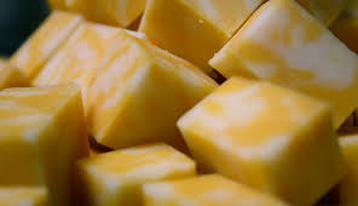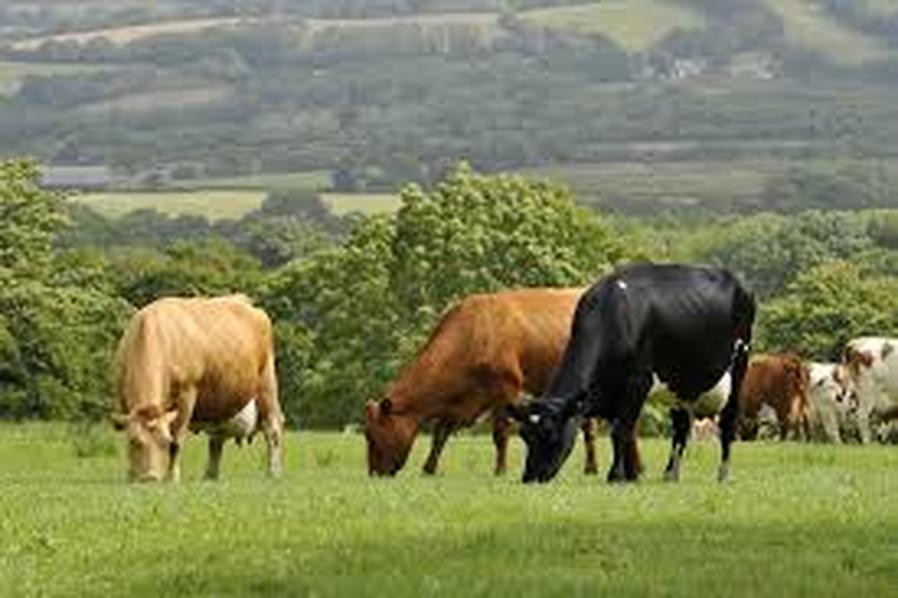
CHEESE: One of the worst foods on the planet
Ever wonder why it is so addicting? like opium, heroin or cocaine?
The primary protein in milk is casein. When the human body digests casein, it produces casomorphins, which have an opiate-like effect on humans. Because cheese is denser than, for example, milk, the casein is more heavily concentrated, meaning that eating cheese produces a larger amount of casomorphins in the body compared to eating other dairy products.
Cheese-related research going as far back as the 80s has also confirmed that cheese contains small amounts of morphine. Scientists postulate that cows produce morphine in their milk because it helps calm their calves, making sure the young cows bond with their mothers and come back for more (does this make cows the dairy farm equivalent of drug dealers?).
As Casein breaks down in the stomach producing the peptide, casomorphin (an opioid), it acts as a histamine releaser, which is also why so many people are allergic to dairy products; An estimated 70% of the population worldwide!
Like heroin or codeine, casomorphins slow intestinal movements and have a decided antidiarrheal effect. The opiate effect may be why adults often find that cheese can be constipating, just as opiate painkillers are.
The casomorphins only explain why we like cheese so much and why it is so hard to give it up. It’s the sugar (lactose), animal protein and the saturated fat content (which triggers IGF-1 in the body, and is the reason it is now being strongly linked to several cancers) that make it so bad for you.

Conventional dairy cows typically eat feed rations composed of things like genetically-modified (GM) corn and soy, which studies have shown can cause digestive and other health problems in mammals. They also spend much of their lives in filthy feedlots, rather than grazing on open pastures like they were made to do, which changes the composition of their milk and meat.